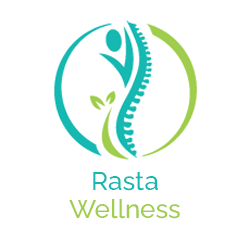Today, low-frequency sound vibration therapy is a type of music therapy that is practiced all over the world, however, only a small percentage of music therapists are trained in and use it. Vibroacoustic therapy bridges the gap between music therapy and music medicine, with multiple applications in interdisciplinary settings and for a wide range of symptoms and illnesses.
What Exactly is Vibroacoustic Therapy?
Skille developed the VAT concept by employing a single, amplitude modulated, sinusoidal sound. VAT is a combination of low-frequency sound vibration and music listening that is accompanied by therapeutic alliance and engagement in excellent clinical practice. This combination allows for the treatment of a client’s emotional, cognitive, and social issues while also promoting the investigation of one’s own body and sensations.
When Vibroacoustic Therapy is combined with other vibrational modalities, such as essential oils and Reiki, it produces what Don Estes refers to as “Sensory Resonance,” in which the individual is bathed in harmonic frequencies that integrate the entire brain and body into a state of peace and calm. All types of health benefits can arise when the mind and body are calm.
Benefits of Vibroacoustic Therapy
1. The Limbic System signals the body to return to a calm state, which helps the body grow stronger at self-regulation and more resilient to stressors over time.
2. The Relaxation Response is triggered, resulting in a chain reaction of positive physical and emotional health effects.
3. The heart rate lowers and heart rate variability (HRV) improves, indicating stress resilience.
4. Blood pressure drops, lowering the risk of stroke and heart attack.
5. Muscles relax, which reduces pain caused by tension and spasms.
6. Pain is reduced as a result of improved relaxation and an increase in “happy” chemicals.
7. Circulation improves, nourishing tissues and organs.

